Increasingly, for our Australian gents, putting their best foot forward starts long before slipping feet into shoes. You’ll hear our thoughts and pointers on what’s been dubbed the perfect accessory to Australia’s Shoe Awakening.
Out of a national resurgence of the RM Williams boot-maker stable and smaller bespoke brands, a niche yet marked interest in shoe care has arisen. Australian men, whether enthusiasts or merely admirers of sublime style are investing heavily in high-quality welted shoes and their care like never before.
Beyond purely the aesthetic delight of a pair of well-maintained and polished shoes, shoe care extends to amplifying both the comfort and longevity of one’s footwear.
Beyond shoe polishes and shines, we took time to rediscover the often forgotten, yet painfully critical shoe tree. To truly uncover where the humble tree fits into the modern gents accessory kit, we enlisted the expertise of Trimly’s (Australia’s resident purveyor of shoe tree and shoe care products) founder, James Seaford who had the following to say.
“A shoe tree is a device moulded to the approximate shape of the foot that is placed inside of a shoe to perform several important tasks,” explains Seaford. “A good leather will mould to the foot. But after a day of wear, the leather has stretched and the shoe is out of shape. Placing a shoe tree inside the shoe, it will allow the leather to reform back to the shoe’s natural shape.” Seaford remarks, “Another important task a shoe tree performs is to prevent the onset of creasing. Guys spend $300, $600 $800 plus on their shoes and so they want them to look new for as long as possible.”
A word to our newer gents — How does a shoe tree work?
Preventing the shoe from bowing at the toes a shoe tree gradually stretches the shoe flat, preventing the all to common creasing across the vamp of the shoe.
Trimly’s range of shoe trees fashioned from softwoods such as maple, birch, or cedar, wick away moisture caused by sweat in the realm of half a pint daily.
For those novices (myself included) James broke down the shoe tree into four distinct styles with flexible price points to match.
- The Lasted Shoe Tree: Constructed from the unique shoe mould, this bespoke offering has represented a price point in the hundreds of dollars.
- The Generic Lasted Shoe Tree: Fashioned from a generic last, and fitted with a spring mechanism, expandable upon insertion into the shoe. Trimly’s premium shoe and boot trees offerings come in below $60.
- The General-Purpose Shoe Trees: A stripped down no frills option. Shaped roughly to the fore part of the foot. This tree utilises a spreader mechanism, expanding into the forefront of the foot. Thus offerings can generally be found below $40.
- Plastic Shoe Trees. As James would say, “cheap to make, cheap to break”. Limited long-term benefit, however, their lightweight construction makes them a suitable travel companion in a pinch.

For the footwear enthusiast, a shoe tree is an all too often overlooked safeguard to maximise the wear of your beloved investment. I’d even go so far as to implore the provision of a dedicated shoe tree for each staple in a shoe collection. In saying this, in a pinch, you could make it with a single set, rotated through newly worn shoes.


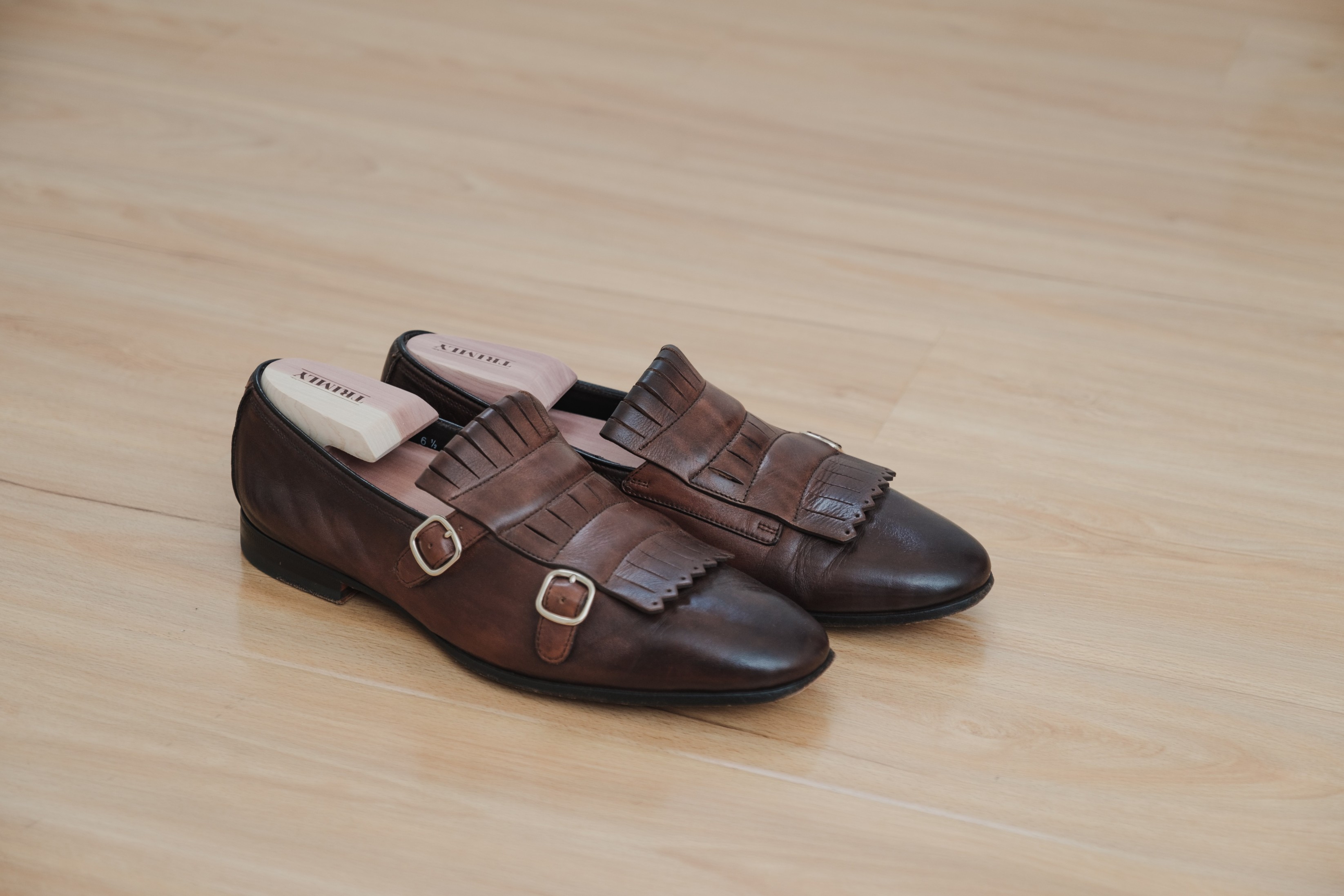

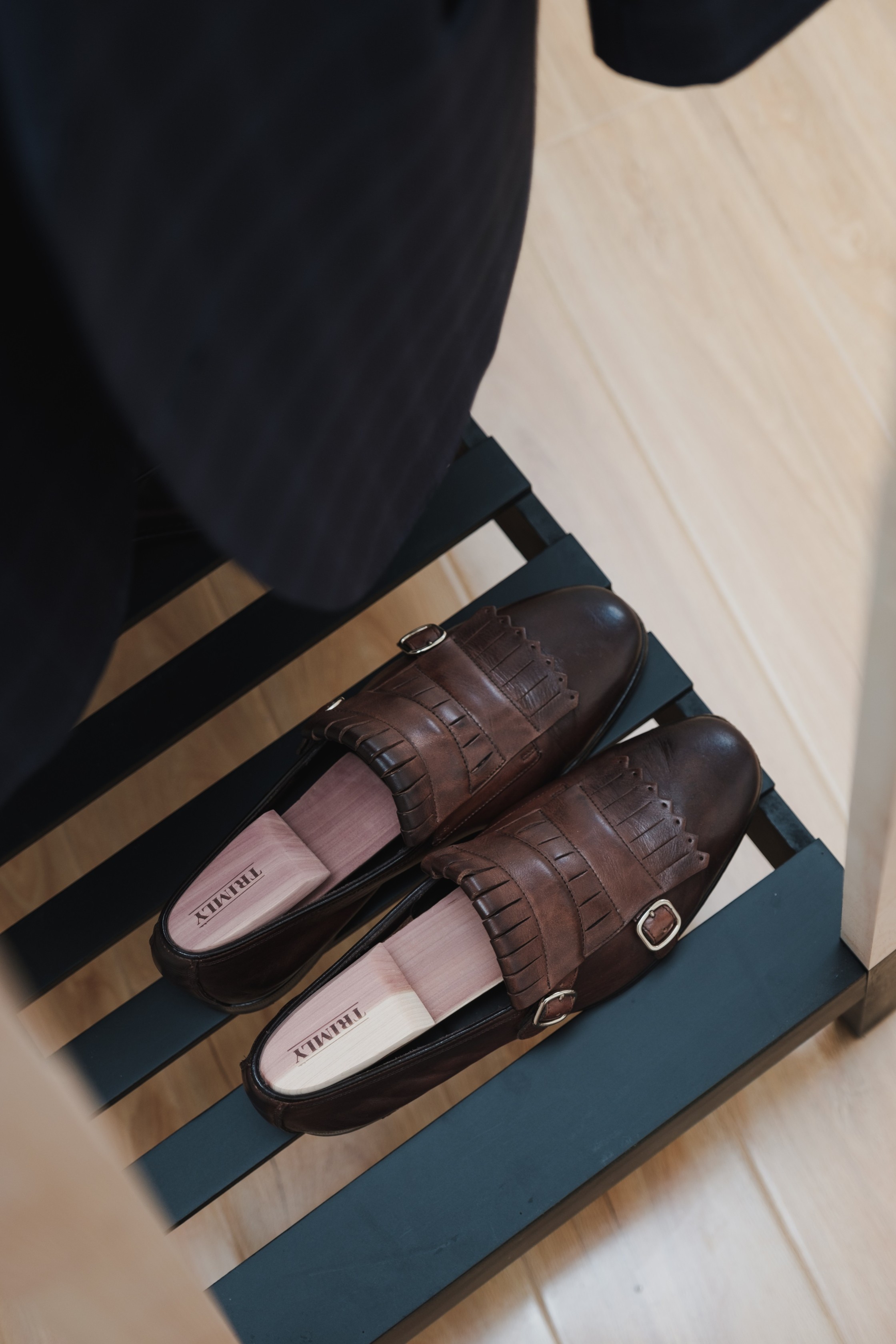



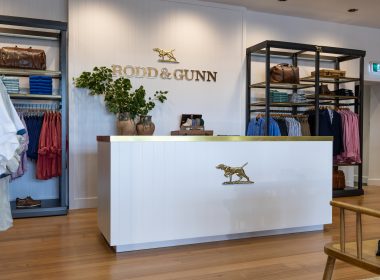








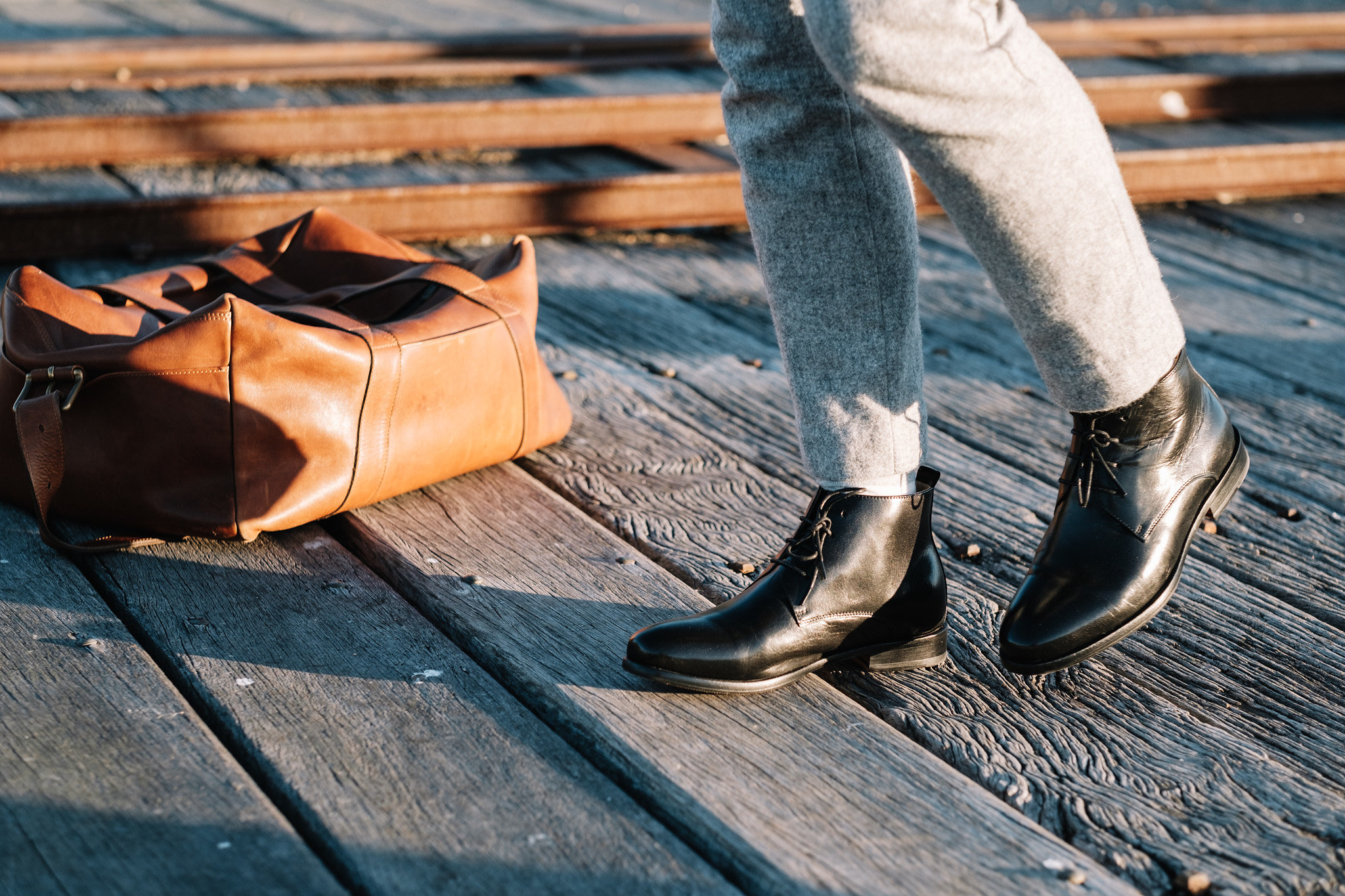
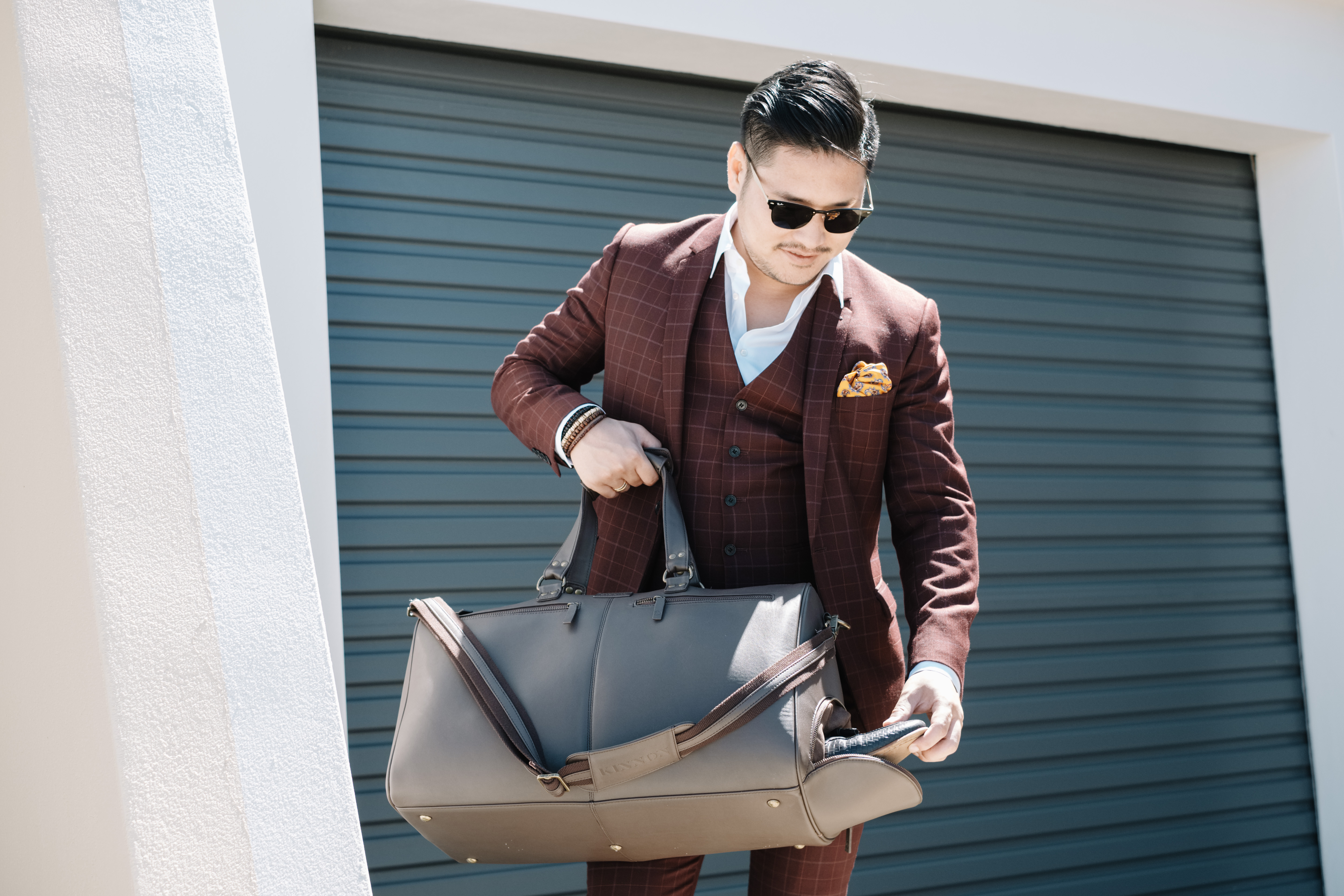


John lobb loafers
Meermin Oxfords!
Common Projects Achilles.
SNEAKERS
Allen Edmonds Fifth Avenue
florsheim boots
RM Williams Adelaides’
Black leather Lester shoes made in Melbourne.